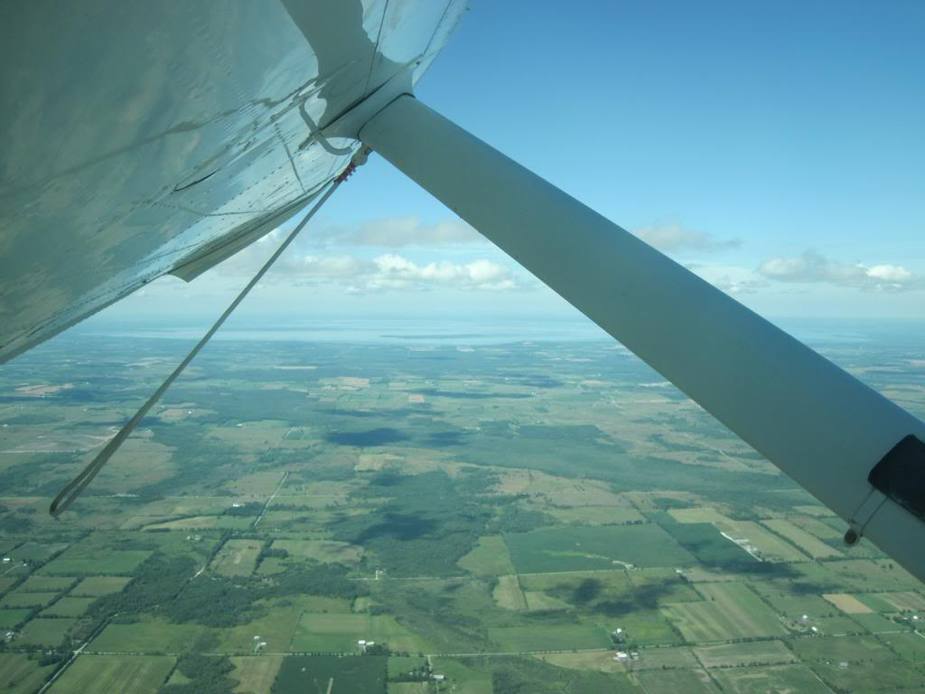I don't remember whether this ICON aircraft has been posted here before but here is a nice video
Good morning!
Yes and no, as usual. There already is an AOA sensing device in any certified light aircraft (about microlights I don't know): The stall warner. The only thing an AOA gauge does in addition to the stall warner is to show how close the aircraft already is to the stall, thus giving you an earlier warning - but only if you keep looking at that indicator. Pilots who keep stalling their aircraft because they don't watch their ASI from time to time will not watch their AOA either, so no benefit here. And then, an earlier warning is not really necessary, as the stall warner is set to 1,2 Vs or similar, leaving plenty of margin for recovery.
What I really don't like about the thing in the video is that these guys just invented yet another indicator for their AOA system. These things have been around for decades, so why not stick to the conventional way of presenting the information?
I think that it would be more beneficial to light aircraft pilots (who should keep their eyes outside the cockpit most of the time and not inside on instruments) would be a two-stage stall warner. The "final stage" as usual with the warning horn and an early warning by a light in the field of vision when looking outside. Just as the "AOA indexer" commonly found on jets (military and bizjet, strangely not the airliners).
Regards max
NB: AOA indexers look like this, they are mounted above the glareshield so that you see them when looking at the runway ahead:

There already is an AOA sensing device in any certified light aircraft (about microlights I don't know): The stall warner. The only thing an AOA gauge does in addition to the stall warner is to show how close the aircraft already is to the stall, thus giving you an earlier warning - but only if you keep looking at that indicator
Oh I don't agree Max,
A properly set up AoA will give a much more precise indication of the approach to the stall, and probably earlier than the stall warning system. If you are flying most planes at angles of attack to trigger the stall warning horn you are already beyond most pilot's comfort zone, and in an un-necessarily hazardous phase of flight, if you are more than three feet off the ground.
An AoA allows you to fly very precise approaches and tight departures without being in the stall warning range to do it. An example being my Teal, for which a glide approach speed (forced approach) is 80 MPH, a power on approach speed is around 70 MPH, but the power off stall speed is less than 60 MPH, and power on stall closer to 50 MPH. With that wide speed range, you would not want to be flying an approach on the stall warning, and very certianly not a forced approach, but you might want to fly it precisely, and an AoA would assist with this.
I'll be test flying the 182 amphibian with an AoA system installed next week, and I'll provide a report here.
During flight testing yesterday in a C 182 Amphibian, I was able to accomplish a rather high AoA with full power. The wing is modified with wing extensions and a STOL kit. I realized after doing this, that the stall warning was U/S. This photo was taken during sustained flight. The indicated airspeed was less than 40 MPH, but I expect lots of position error, so I doubt it's right. An AoA system does not suffer position error.

This plane does not have an AoA indicator, though the other 182 amphib I will test next week does, and even more power. When I have the engine broken in on that one, I'll see if I get comparable results.
DAR, do you always fly with your tie-downs ??
Yes...
On amphibians, we generally leave a rope permanently attached to each wing tiedown ring, which is just not quite long enough to foul the aileron. When docking, it's really handy and obvious for people to grab (the uninformed helper will take the rope before grabbing the aileron). When on land, you would otherwise need a ladder to reach the ring on the wing, this is just easier...

Looks like a neat piece of kit promoted by a slick video... but it crudely fails to warn of an turn/stall/spin and that's the gotcha, frankw
I really like this one and seriously consider getting one once it's certified - check the Ipad Demo app:
Another compelling demonstration video... it's certainly a tempter :-D